20 days of field research in China.
ENLINK
Plant extinction is already happening, and several of the world's most threatened food species include avocados, cacao, peanuts, strawberries, chickpeas, wheat/maize/rice soybeans, and bananas. At the United Nations Biodiversity Conference (COP 15), agricultural biodiversity was a big topic of discussion due to its ability to improve soil quality, resilience, and support multiple ecosystem services. The restoration, protection, and enhancement of on-farm biodiversity is increasingly important for rural development because mass production has led to the homogenization of certain foods. Additionally, global warming has altered growing conditions and caused farmers to move away from crops that cannot guarantee their livelihoods, putting these crops at risk of extinction. In collaboration with Ericsson, this project will allow me to use my skills and imagination to push boundaries and tackle essential problems in a realistic context. With support from professional innovators and experts, I will have the opportunity to craft what comes next.
Project Information
This project focuses on designing a small-scale IoT-based system for smart farming that can bridge the digital divide between rural and urban areas. The project rises from my interest in this change in the agriculture industry and also from my interest in approaching the design of plant-based equipment with a human centred perspective to create value for the farmers in their everyday life. This is also why, in this project, I have made it a strategy to work closely with farmers living in remote areas. In close collaboration with farmers, I am able to design a family of sensors and associated electronic devices that maintain simplicity, usability and fit, intending to minimize the complexity of the information, thus integrating life into the daily routines of small-scale farmers.
Methods
This project explores the process of creating intelligent farming solutions that can be used in everyday life on small-scale farms in remote areas. First, desk research is planned to be carried out to increase knowledge. Then an on-site research phase focused on the needs of small-scale farmersand the problems of plant eradication and harvesting. To bridge the digital divide in rural and remote areas, the project’s approach will include a Human-centered design approach and interdisciplinary collaboration between design and technology, with a particular focus on industrial design UI/UX design, plant physiology and geography. After analyzing the research, initial insights were selected as the basis for
the ideation phase. Through sketching, models, 3D drawing, user testing and evaluation, I will develop a concrete design concept to help farmers, especially elderly farmers living in remote areas, easily understand and use advanced farming solutions. The result of this project isa holistic solution combined with both digital and physical aspects.
Result
ENLINK is a comprehensive solution that aims to revolutionize the agricultural industry by providing farmers with a holistic system that helps them take better care of their crops. The system includes a weather station and soil sensors.
The soil sensor part of the project involved the development of a device that can be used to monitor soil moisture levels in agricultural fields. The sensor is designed to be embedded in the soil and can provide farmers with real-time data on the moisture content of their fields. This data can be used to optimize irrigation and improve crop yields.
The weather station part of the project focused on the development of a device that can be used to monitor weather conditions in agricultural fields. The weather station is designed to collect data on temperature, humidity, wind speed, and rainfall. The data collected can be used to help farmers make informed decisions about when to plant and harvest crops.
Finally, the app is designed to provide farmers with a user-friendly interface for accessing the data collected by both the soil sensor and the weather station. The app allows farmers to view real-time data on weather patterns and soil moisture levels, and to receive alerts when conditions change. The app is designed to be easy to use and accessible to farmers with limited technical knowledge.
In collaboration with:

UID23 | Yilin Lyu – Grad Project Presentation
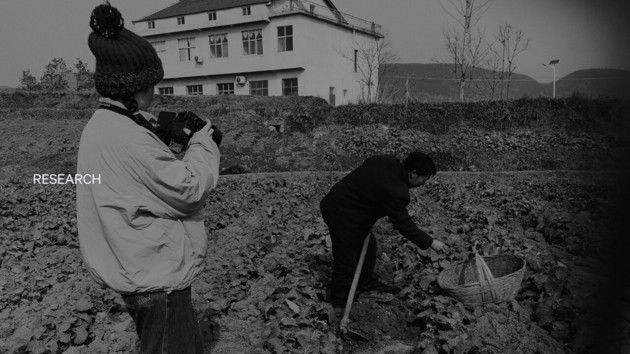
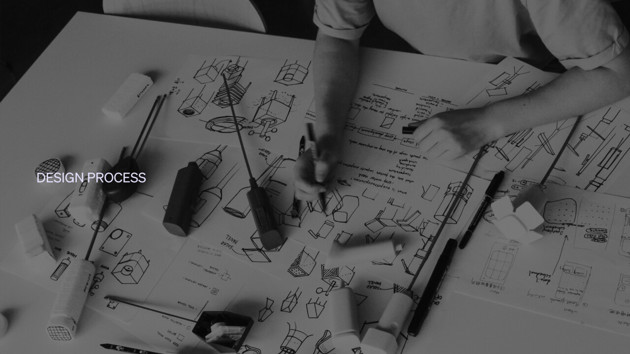
The design process mainly includes sketching, prototyping, CADing, and user testing.
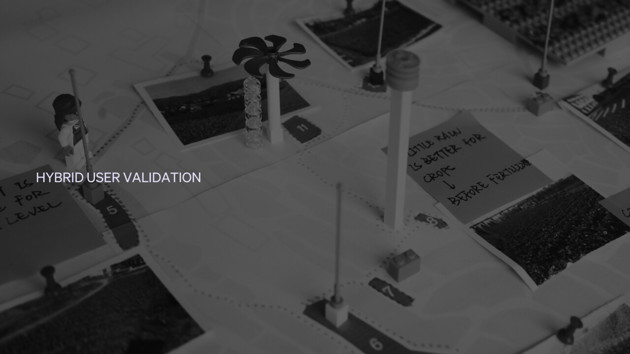
Using an online chat platform to communicate with farmers in China and utilize Lego and printed maps to enhance mutual understanding.
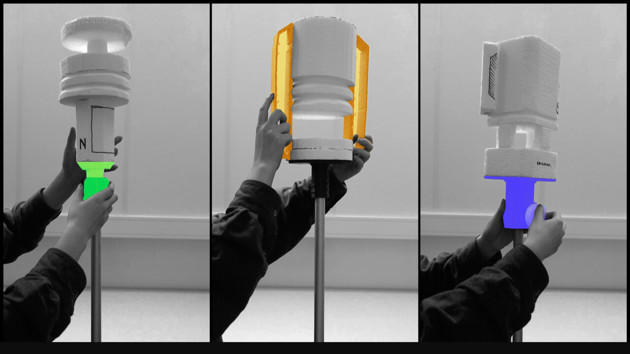
Prototyping and user testing for evaluating different ideas.
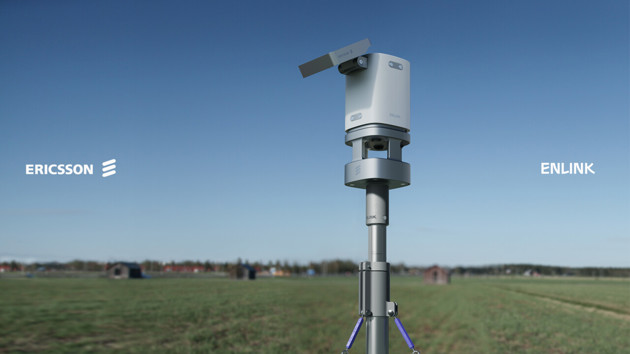
ERICSSON ENLINK Weather Station
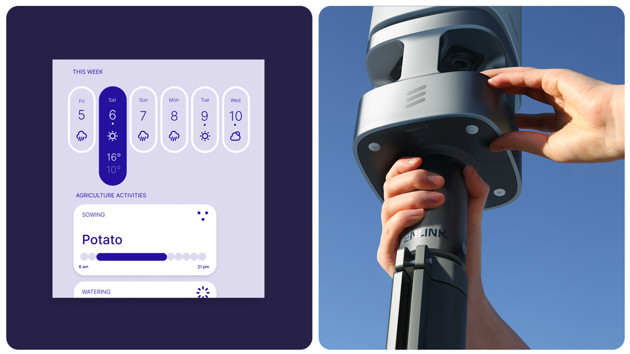
The data collected can be used to help farmers make informed decisions about when to plant and harvest crops.

ERICSSON ENLINK Soil Sensor
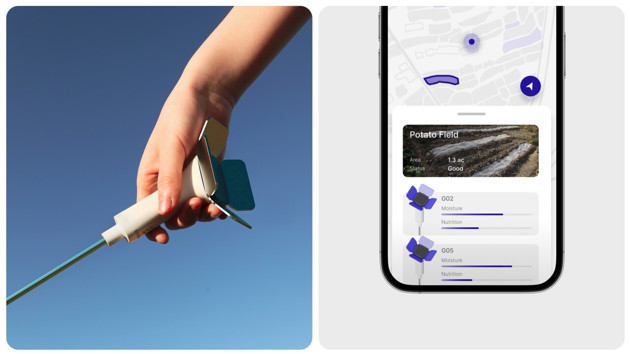
The sensor is designed to be embedded in the soil and can provide farmers with real-time data on the moisture content of their fields.
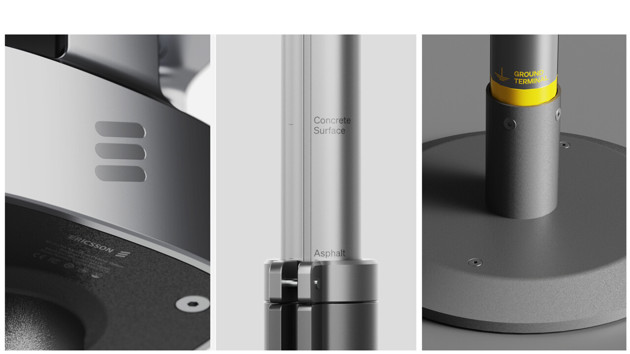
Design details from ERICSSON ENLINK weather station.
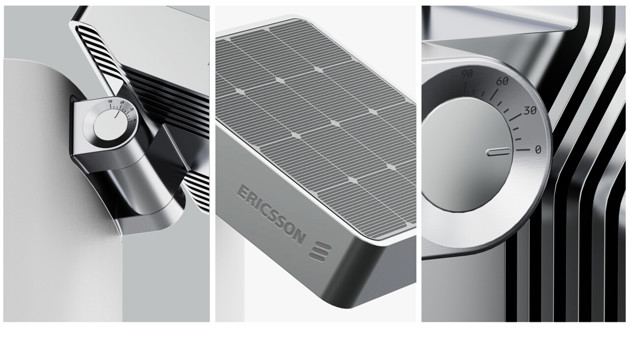
Design details from the solar panel and the hinge structure.
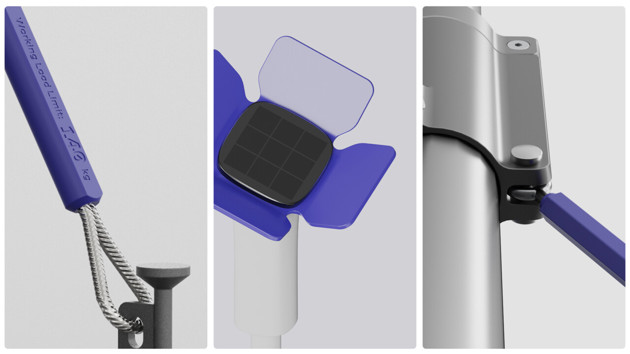
CMF design details from the weather station and the soil sensor.













